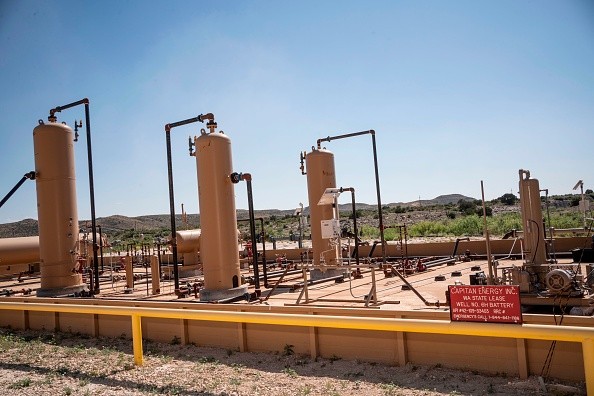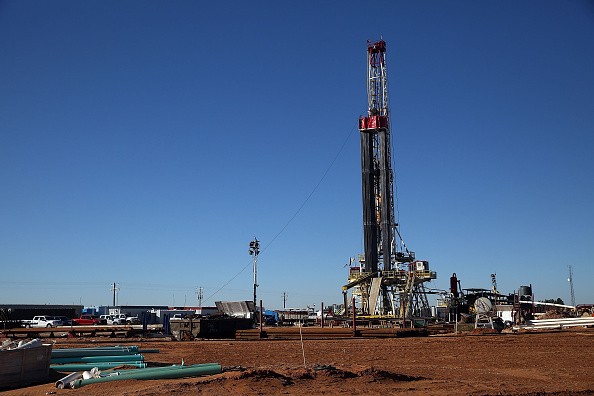Drilling for oil and gas known as "fracking" is increasing the number of earthquakes in the West Texas city of Midland.
According to market intelligence business Sourcenergy, the Permian Basin, where 40% of US oil and 15% of natural gas are mined, saw nine earthquakes with intensity higher than three magnitudes in 2019, 51 in 2020, and 176 in 2021.
Rather than fracking itself, wastewater injection into wells is to blame for earthquakes. It has become necessary for the Railroad Commission of Texas (RCT), which governs oil activities, to implement new water disposal regulations.

When fracking, a lot of water is ejected from the ground, and drilling companies have to deal with that water. The Permian Basin has about 4,000 operating wells dedicated to wastewater collection.
More and more water is being injected into the ground and filling up these holes, the CEO of a company that helps oil firms improve water management, Joshua Adler, tells CNN.
People can see these fissures or fault lines in some of these locations. There is a risk that one may touch a fault line and cause an earthquake as you push it further and harder.
According to Phys.org, Permian Basin oil production has increased five-fold since 2012, hence water injections into wells has increased as well.
In Oklahoma, they just kind of dragged their feet for years and denied that there was any problembwhen earthquakes began to occur in the 2010s, Adler said.
Identifying High-risk Regions

The Railroad Commission started looking into it as soon as earthquakes started increasing in Texas, he said. They didn't wait until there was a major issue before doing anything about it.
The three high-risk regions were identified between September and January. There were seven wells in Gardendale that were instructed to stop receiving deep injection water in mid-December; this is where the cities of Midland and Odessa are located.
After four further earthquakes with magnitudes between 3.1 and 3.7, it increased the number of wells to 26, as per Eagle News.
Both Stanton and Northern Culberson-Reeves are still awaiting industry proposals from the regulator. It's like expecting the fox to guard the chicken coop, 72-year old Neta Rhyne, who lives near Northern Culberson-Reeves, said.
Local Reaction to the Earthquakes
Her request to the Railroad Commission for a hearing after new requests to drill water disposal wells in her district was made again last week, as she has done so since 2016.
One of the world's largest natural spring-fed pools is just a short distance from her home in Balmorhea Nature Park, Toyahvale, and she's worried that an earthquake could damage its supply.
This area has a lot of smaller towns and villages. There's a reluctance to raise issues, explains Rhyne, owner of a diving shop near the Balmorhea natural pool.
Companies that suspend water injection will have to move water away from the site via pipeline or truck, which will add significant costs to their bottom lines.
Reactions to the earthquakes in Midland appears to be different, according to Sam, who lives in the city.
For more news, updates about earthquakes and similar topics don't forget to follow Nature World News!
© 2026 NatureWorldNews.com All rights reserved. Do not reproduce without permission.





